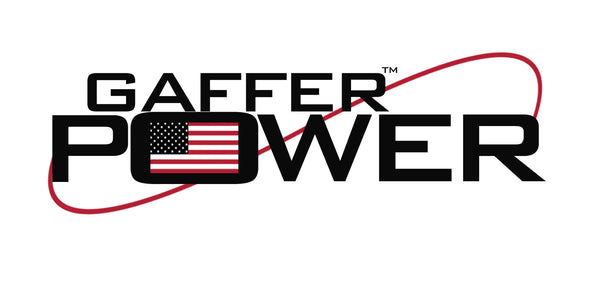In the realm of artistic expression, tape art has emerged as a unique and captivating form, pushing the boundaries of creativity and innovation. Artists around the world have embraced this unconventional medium, transforming everyday adhesive tapes into remarkable works of art. Combining precision, imagination, and a touch of playfulness, tape art has gained recognition and admiration for its versatility and ability to captivate audiences. Let's start from the beginning.
The Evolution of Tape Art:
Tape art traces its roots back to the 1960s when a few artists began experimenting with masking tapes and adhesive materials to create temporary installations and murals. The use of tapes offered them freedom and flexibility, enabling them to work on a variety of surfaces and experiment with different compositions. Over the years, tape art has evolved into a distinct form, incorporating elements of street art, contemporary art, and graphic design to create visually stunning and conceptually rich artworks.
Materials and Techniques:
Tape artists primarily employ adhesive tapes, such as masking tape, gaffer tape or duct tape, as their primary medium. These tapes come in various colors, widths, and textures, offering artists an extensive palette to work with. The techniques employed in tape art are diverse, ranging from cutting and tearing tape to create intricate shapes and patterns, to layering tapes to achieve depth and texture. Additionally, artists often explore the juxtaposition of tape with other mediums like paint, ink, or spray paint to add further complexity and dimension to their works.
Themes and Styles:
Tape art embraces a broad range of themes and styles, reflecting the individuality and vision of each artist. Some artists focus on geometric precision, creating symmetrical patterns and optical illusions that mesmerize viewers. Others explore organic and fluid forms, mimicking the curves and contours found in nature. Tape murals often adorn public spaces, contributing to urban revitalization and community engagement. Artists may also incorporate storytelling, social commentary, or cultural symbolism in their tape art, using it as a powerful means of expression and dialogue.
Temporary Beauty:
Unlike traditional art forms, tape art is often created directly on walls, floors, or windows and can be easily removed or reworked. This impermanence adds an element of ephemerality and surprise, as the art may only exist for a short period before being taken down. It challenges the notion of art as a fixed entity and invites viewers to appreciate the transient beauty that tape art embodies.
Tape Art in the Public Sphere:
Tape art's versatility has led to its increasing popularity in public spaces, transforming dull walls into captivating visual experiences. From large-scale murals that stretch across entire buildings to small interventions that brighten alleyways, tape art breathes life into urban landscapes and fosters a sense of community. Moreover, interactive tape installations invite viewers to engage with the art physically, touching and interacting with the textured surfaces.
Gaffer tape is ideal for tape art, as it comes in beautiful bright colors and can be removed without causing damage or residue. Check out two of our favorite tape artists' instagram pages:
kuki.nyc
And of course, if you are feeling creative, check out our awesome collection of gaffer tape fluorescent colors right here. Grab some and start your art project today!
 USA SHIPPING
USA SHIPPING MONEY BACK GUARANTEE
MONEY BACK GUARANTEE 1000+ HAPPY CUSTOMERS
1000+ HAPPY CUSTOMERS


